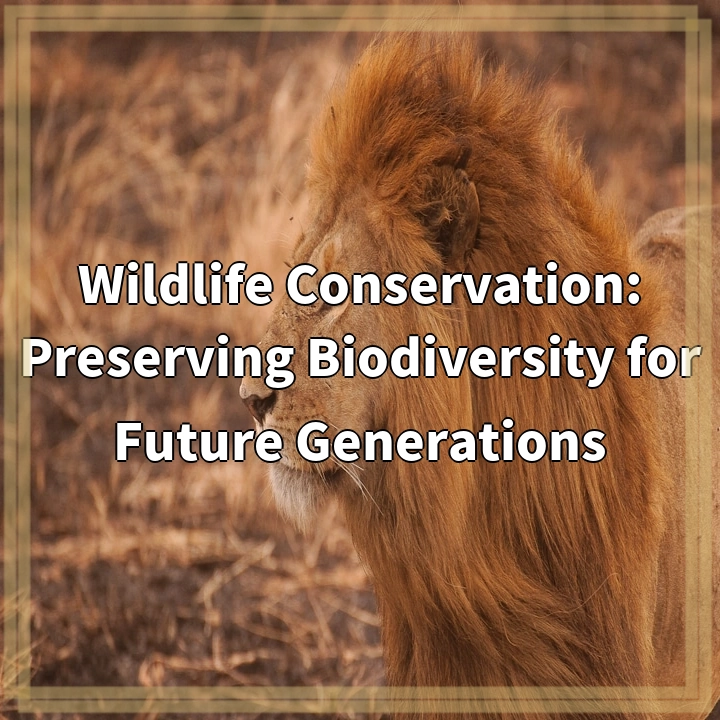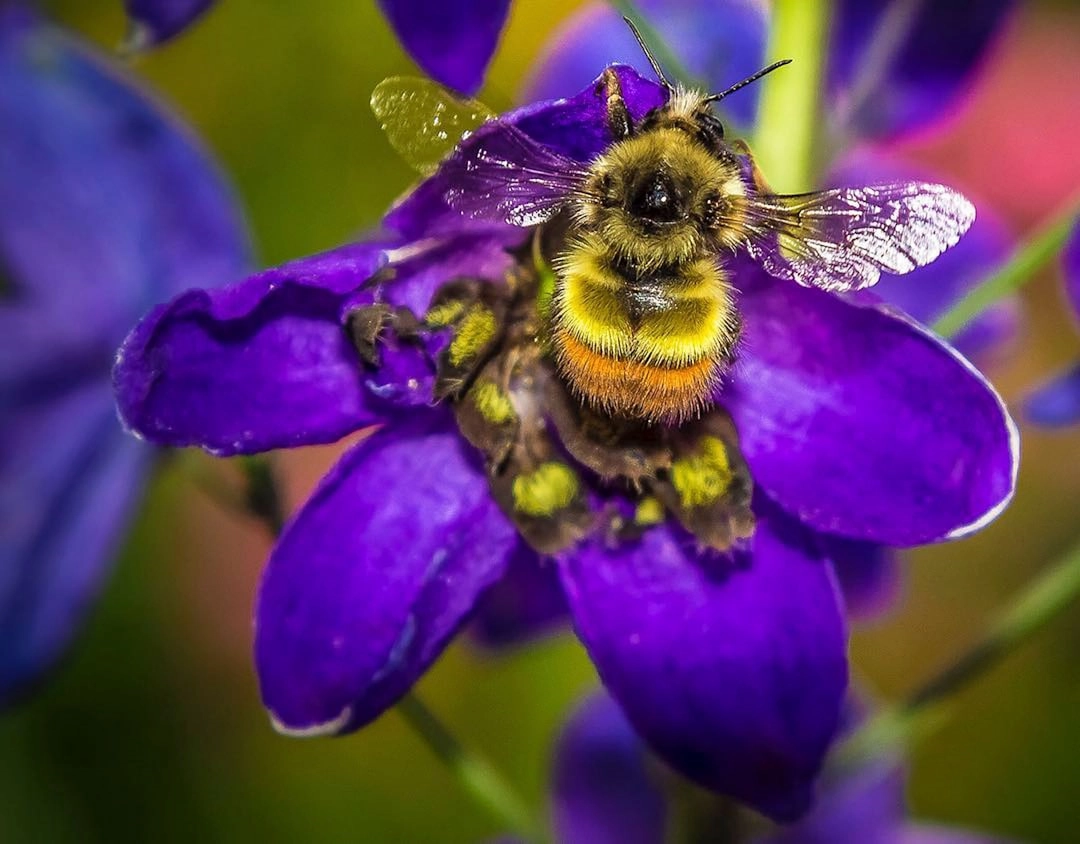
What is Wildlife Conservation?
Wildlife conservation refers to the efforts aimed at protecting and preserving the diverse range of animal species and their habitats. It involves the implementation of strategies and actions to prevent the degradation, loss, or extinction of wildlife populations. The goal is to maintain and restore healthy ecosystems that support a wide variety of plants, animals, and microorganisms.
Real-World Problems Associated with Wildlife Conservation
1. Habitat Destruction: One of the major challenges facing wildlife conservation is the destruction and fragmentation of natural habitats. Human activities such as deforestation, urban expansion, and agricultural practices lead to the loss of critical habitats for many species. This directly affects their ability to find food, reproduce, and survive.
2. Poaching and Illegal Wildlife Trade: Poaching, driven by demand for wildlife products such as ivory, rhino horn, and exotic pets, poses a significant threat to many endangered species. The illegal wildlife trade not only contributes to the decline in populations but also fuels organized crime and threatens the security and stability of ecosystems.
3. Climate Change: The rapidly changing climate presents a significant challenge to wildlife conservation efforts. Rising temperatures, changing rainfall patterns, and increased frequency of extreme weather events can disrupt ecosystems, affecting the behavior, distribution, and survival of various species.
4. Invasive Species: Invasive species can have a detrimental impact on native wildlife by outcompeting or preying on native species, altering ecosystems, and disrupting ecological processes. These non-native species are often introduced unintentionally through international trade and travel.
5. Human-Wildlife Conflict: As human populations expand into natural habitats, conflicts between humans and wildlife become more frequent. Competition for resources, destruction of crops and property, and threats to human safety can lead to negative perceptions of wildlife, resulting in retaliatory killings and loss of habitat connectivity.
6. Lack of Awareness and Education: A lack of awareness and understanding about the value of wildlife conservation and the importance of biodiversity can hinder conservation efforts. Educating the public about the role of wildlife in ecosystems and the benefits they provide is crucial for garnering support and participation in conservation initiatives.

Solutions for Wildlife Conservation
Addressing the real-world problems associated with wildlife conservation requires a multi-faceted approach involving various stakeholders, governments, organizations, and individuals. Here are some key solutions that can help preserve biodiversity and ensure a sustainable future for wildlife:
1. Habitat Protection and Restoration
Efforts must be focused on preserving existing habitats and restoring degraded ones. This includes creating protected areas, establishing wildlife corridors, and reforestation initiatives. Collaborative partnerships with local communities and indigenous peoples are essential to involve them as stewards of the land.
2. Strengthening Conservation Laws and Enforcement
Governments need to implement and enforce strong laws and regulations that prohibit activities such as poaching, illegal wildlife trade, and habitat destruction. A comprehensive and well-funded law enforcement framework, including adequate patrolling and penalties, is crucial to deter illegal activities effectively.
3. Climate Change Mitigation and Adaptation
Efforts to combat climate change can indirectly benefit wildlife conservation. Reducing greenhouse gas emissions, promoting renewable energy sources, and integrating climate change adaptation strategies into conservation planning can help mitigate the impacts of climate change on ecosystems and species.
4. Prevention and Control of Invasive Species
Efficient biosecurity measures should be implemented to prevent the introduction of invasive species. Early detection and rapid response programs can help control and eradicate invasive species when they are detected, reducing their impact on native wildlife.
5. Sustainable Land Use Practices
Promoting sustainable land use practices, such as responsible agriculture, forestry, and urban planning, can help minimize habitat destruction and maintain ecosystem integrity. Implementing ecosystem-based approaches and considering biodiversity conservation in development plans are vital.
6. Education and Awareness
Education and awareness campaigns are essential to foster a sense of stewardship and conservation ethics among the general public. Promoting the value of biodiversity and the intrinsic and ecological benefits of conserving wildlife can create a supportive environment for conservation actions.















